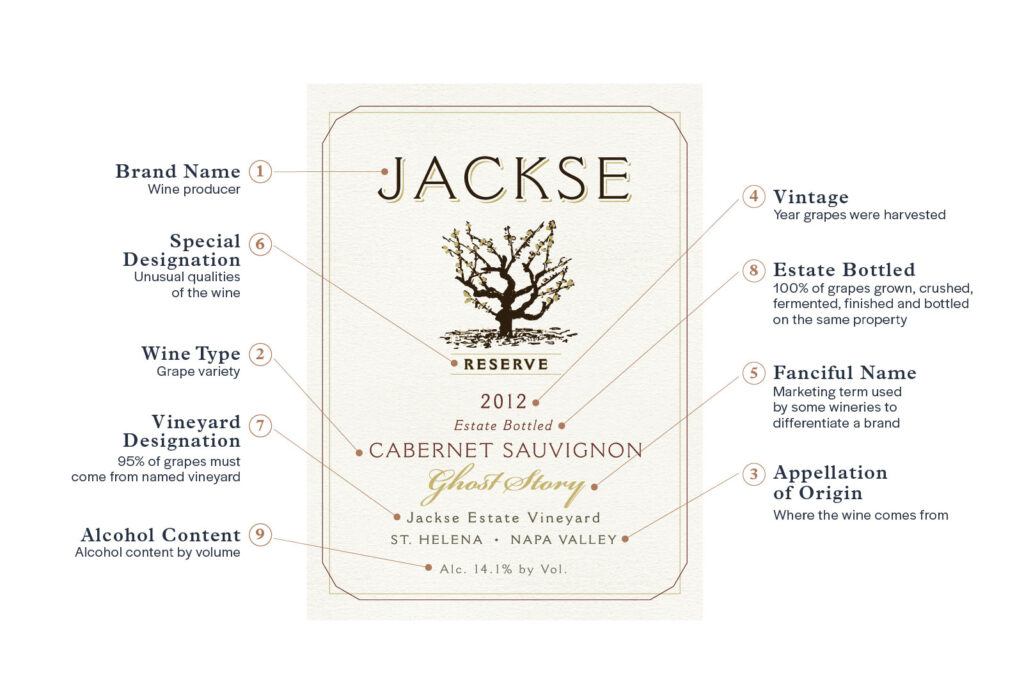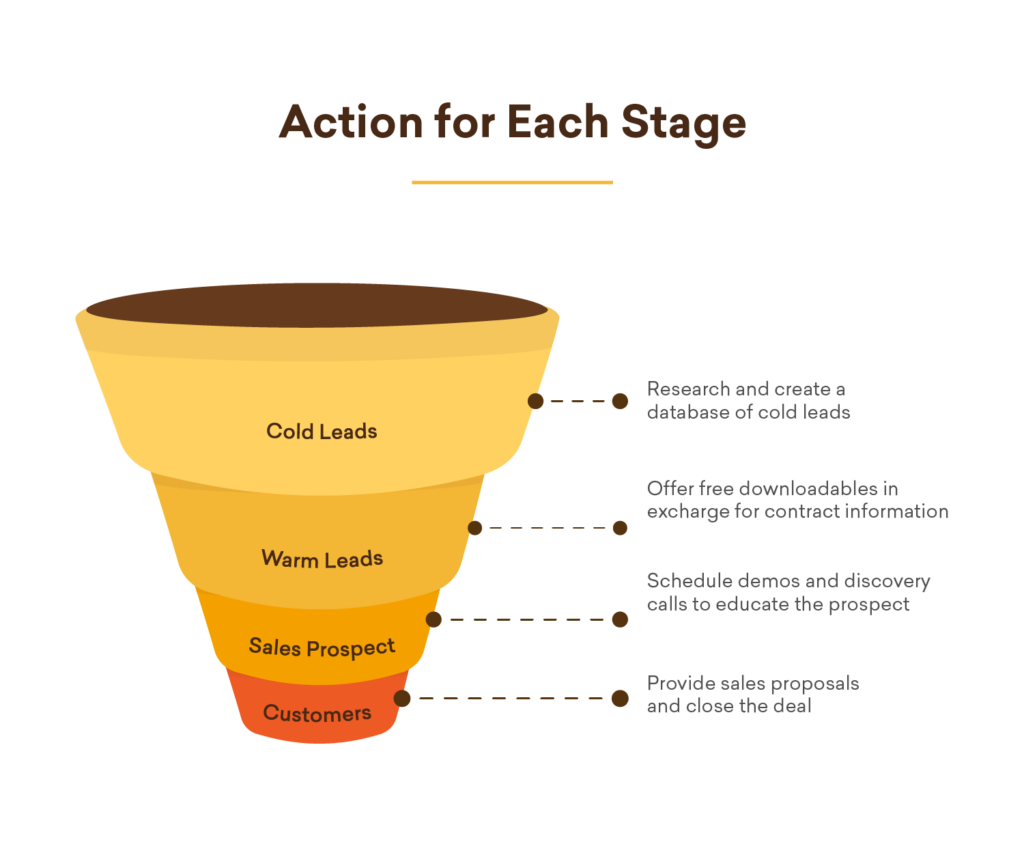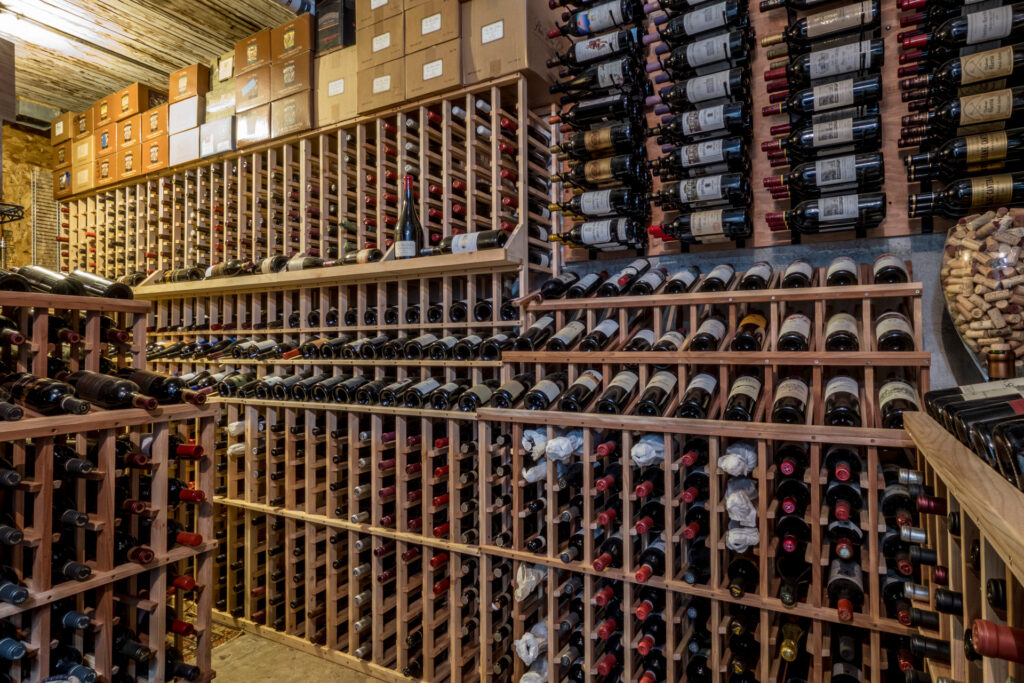Hello, wine lovers in America. Have you ever considered turning your passion for homemade wine into a business venture? Whether you’re a seasoned home winemaker or just starting, selling homemade wine can be a rewarding experience that allows you to share your craft with others and potentially generate extra income.
Starting a homemade wine business can be exciting in America, but taking the necessary precautions and considerations is crucial. In this article, we’ll explore the essential things to consider before entering the world of homemade wine sales. We’ll discuss the legal requirements for licensing and labeling and practical considerations such as pricing strategies and sales channels.
So, grab a glass of your favorite wine, settle in, and explore everything you need to know about selling homemade wine in the States.
-
Licensing and Permits

First and foremost, you’ll need the appropriate licenses and permits. It typically involves getting approval from the Alcohol and Tobacco Tax and Trade Bureau (TTB), the federal agency responsible for regulating alcoholic beverage formulation in the United States. The TTB oversees the use of certain ingredients and labeling requirements designed to ensure that alcoholic beverages sold are safe for consumption and comply with the standards set by the authorities.
You must comply with the regulations once you have obtained the required licenses and permits. The alcoholic drink formulation regulations in USA require producers to meet specific standards, including ingredient use, labeling, and packaging requirements.
Moreover, it is crucial to ensure that you adhere to production processes, storage conditions, and transportation regulations. Failure to comply with these regulations can result in penalties and legal issues, tarnishing your business reputation. Thus, it’s critical to remain aware of any updates or changes and adjust your practices accordingly.
-
Labeling Requirements

Source: napavalley.wine
When selling homemade wines, labeling is essential. Homemade wine labeling must comply with federal regulations, which protect consumers and ensure wine industry integrity.
Here are some of the primary labeling requirements that you should keep in mind:
- Alcohol Percentage: The label must display the alcohol content as alcohol by volume (ABV). There is typically a range between 4% and 21% ABV in the U.S., depending on the type of beverage.
- Health Warnings: The label should contain any health warnings required by law. For example, if the wine contains sulfites, you must include a warning on the label.
- Net Contents: The label must include the wine’s net contents in metric measurements like milliliters or liters.
- Brand Name and Varietal: The brand name and wine variety must be visible on the label. For instance, if you used Cabernet Sauvignon grapes for your wine, you should say so on the label.
- Producer and Bottler Information: The label should include the name and address of the producer and bottler of the wine.
-
Create a Sales Strategy

Source: freshworks.com
When developing a sales strategy, understanding your target audience and finding effective ways to reach and engage them is crucial. There are several key factors to consider:
Pricing: Pricing homemade wine can be a tricky balancing act. In addition to making a profit and covering your expenses, you want to ensure that your wine is reasonably priced and appealing to potential customers. To set the right price point, consider your production costs, including ingredients, packaging materials, equipment, and labor costs. Don’t forget to research and check the prices of similar wines on the market. It will help you set a competitive price point.
It’s worth noting that pricing your wine too high can be just as detrimental as pricing it too low. If your wine is priced significantly higher than other wines of similar quality, it may be tough to attract customers. On the other hand, pricing your wine too low may make customers think your product is inferior.
Promotions: Another factor to consider is promotions. Offering promotions like discounts or limited-time offers can generate buzz and attract new customers. Consider offering a discount for first-time buyers or running a promotion during a holiday or special event. It can help incentivize customers to try your product and lead to repeat business.
Distribution Channels: Deciding where and how to sell your homemade wine is also a part of your sales strategy. You can sell your product online using a website or e-commerce platform, through local farmers’ markets or specialty stores, or selling directly to restaurants and wine shops. It’s crucial to weigh the costs and logistics of each distribution channel before selecting the one that most effectively supports your business objectives.
-
Marketing Your Wine
Any business, even one selling wine made from scratch, must have a marketing strategy. It’s critical to promote your wine and develop a devoted following.
Social media is a powerful tool for marketing homemade wine. Social platforms allow you to connect with potential customers, share photos and videos of your process, and promote your wine to a broader audience. Joining online wine communities and groups is also an excellent way to engage with wine enthusiasts and promote your products.
Attending local wine events such as wine tastings and festivals is another effective way to get your wine in front of potential customers. You can showcase your wine, connect with other wine enthusiasts, and receive valuable feedback on your product.
-
Storage and Transportation

Source: appellationtransport.com
Your wine must be transported and stored safely to maintain its quality and safety during those processes. Improper storage can lead to spoilage, oxidation, and other defects that negatively impact wine taste and aroma.
Keep your wine in a cool, dark place to protect it from light, heat, and fluctuations in temperature. Ideally, you should store your wine at a temperature between 45-65°F (7-18°C) and 50-80% relative humidity. Avoid storing wine in areas exposed to direct sunlight, such as near windows, as this can cause it to overheat and spoil.
Selling homemade wine requires careful transportation planning. For short distances, you may be able to transport your wine in your vehicle, but for longer distances, shipping carriers may be necessary. Proper packaging and protection of the wine during transport are essential to prevent breakage.
Conclusion
After delving into the various factors in selling homemade wine, we can conclude that while it may seem daunting, the potential benefits are significant. Whether you’re a hobbyist or an aspiring entrepreneur, selling homemade wine can be a lucrative way to earn extra income.
So, if you’re passionate about winemaking and want to turn your hobby into a business, we encourage you to take the leap and explore the world of homemade wine sales. With our tips and your dedication and hard work, you could be well on your way to a successful venture.
